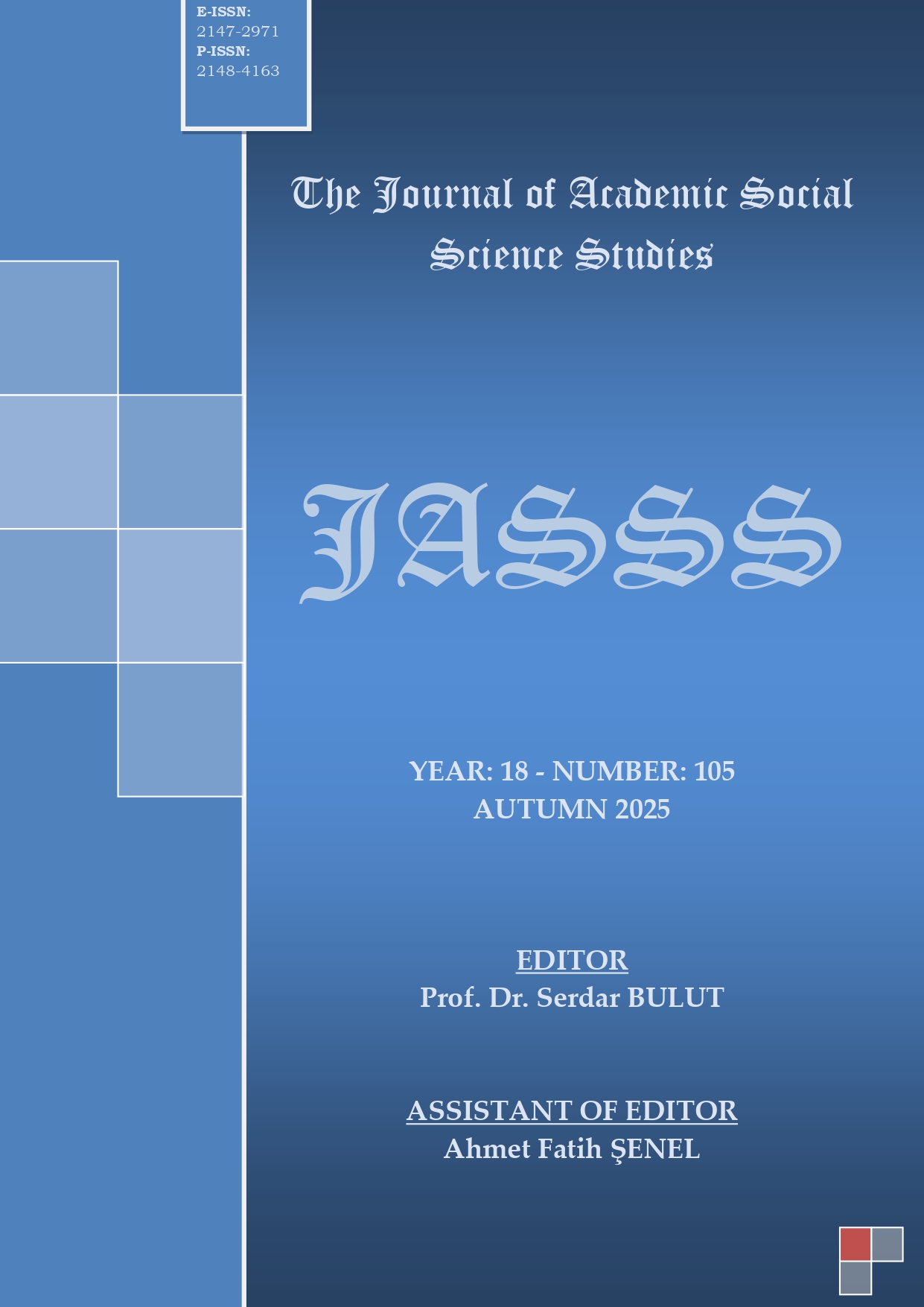Author :
Abstract
Osmanlı İmparatorluğu mimarlık alanında XVIII. yüzyıl sonları ve XIX. yüzyıl boyunca batılı anlayışa ağırlık vermiş, böylece yabancı mimarların mimari tasarım ve inşa faaliyetleri başkent İstanbul’da yoğunluk kazanmıştır. Avrupa’nın neoklasik ve neobarok mimari üsluplarının hızla yayıldığı bu dönemde, özellikle Pera, Galata ve çevresinde bankalar, iş hanları, hastane binaları, apartmanlar gibi sivil mimari örnekleri, cephelerindeki batı tarzı gösterişe önem veren mimari karakterleriyle dikkat çekmişlerdir. Cephelerindeki neoklasik ve neobarok tarzı mimari düzenlemeler ile XIX. yüzyıl batı etkisini yansıtan örneklerden biri de Tophane Saat Kulesi’dir. Sultan Abdülmecid döneminde ve 1848 tarihinde inşa edilen saat kulesi, kare bir platform üzerine dört katlı olarak tasarlanmıştır. Neoklasik ve art nouveau üsluplarından özellikler taşısa da, genel itibariyle neobarok mimari karaktere sahip olan Tophane Saat Kulesi’nde, zemin kattan başlamak üzere, aşağıdan yukarıya doğru birer kademe daralan dört katın cephesi de hareketli ve gösterişli bir atmosfere sahiptir. Plaster, giriş açıklığı kemeri, alınlık, kilit taşı, konsol, saçak, pencere gibi mimari unsurların cephelere kazandırdığı aşırı plastik etki, yapının neobarok mimari karakterinin en belirgin özelliği olarak karşımıza çıkmaktadır.Cephelerindeki mimari üslupları analiz etmek amacıyla yaptığımız çalışma sonucunda Tophane Saat Kulesi’nin, aşırı plastik ve hareketli, ışık-gölge oyunlarına müsait cephe düzenlemesiyle neobarok mimari üslubunda inşa edildiği tespit edilmiştir. Ayrıca neoklasik ve art nouveau üsluplarından izler de taşıyan yapının, XIX. yüzyıl Batı üslubunun karakteristik özelliklerine sahip olduğu anlaşılmıştır.
Keywords
Abstract
The Ottoman Empire focused on Western understanding in architecture during the late 18th and 19th centuries, and thus the architectural design and construction activities of foreign architects were concentrated in the capital city of Istanbul. During this period when European neoclassical and neobaroque architectural styles were rapidly spreading, examples of civil architecture such as banks, office buildings, hospital buildings, and apartment buildings, especially in Pera, Galata and the surrounding areas, attracted attention with their architectural characters that emphasized the ostentation of Western style on their facades. One of the examples that reflects the Western influence of the 19th century with the neoclassical and neobaroque architectural arrangements on their facades is the Tophane Clock Tower. Built during the reign of Sultan Abdülmecid in 1848, the clock tower was designed as a four-story building on a square platform.Although it bears characteristics from neoclassical and art nouveau styles, Tophane Clock Tower has a neo-baroque architectural character in general, and the facades of the four floors, starting from the ground floor and tapering one level from bottom to top, also have a lively and flamboyant atmosphere. The extremely plastic effect that architectural elements such as plaster, entrance arch, pediment, keystone, console, eaves and windows give to the facades is the most obvious feature of the neo-baroque architectural character of the building.As a result of our study to analyze the architectural styles on its facades, it was determined that the Tophane Clock Tower was built in the neo-baroque architectural style with its extremely plastic and dynamic facade arrangement, suitable for light-shadow plays. It was also understood that the building, which also bears traces of neoclassical and art nouveau styles, has the characteristic features of the 19th century Western style.





